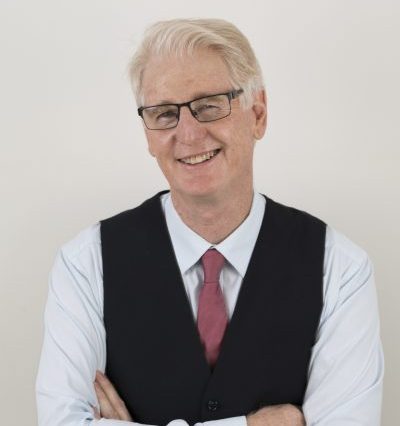Passive shouder movement is a common early rehab option for patients who have undergone recent rotator cuff repair surgery. This treatment is to maintain joint mobility while avoiding active loading of the repaired tendon. However recent research suggests passive may not be as passive as we thought.
In research published by Uhl, Muir and Lawson (2010) they found that when performing passive range of motion there was still slight electrical EMG activity in the rotator cuff muscles. They also found that the transition from passive movement to active-assisted exercises involved only ‘insignificant increases’ in EMG activity in the muscles measured. The increase in activity rose from below 10% of MVC to around 20% of MVC.
My take on this is two-fold – firstly be very cautious with ‘passive’ range of motion exercises because there is still some active assistance being offered by the musculo-tendinous unit. Secondly, the transition to active-assisted exercise could probably be made earlier in rehab depending on the fragility of the repair, the number of tendons repaired, the pain levels reported and the confidence of both physio and patient.
Ref: Uhl TL, Muir TA, Lawson L. 2010. Electromyographical assessment of passive, active assistive and active shoulder rehabilitation exercises. Phys Med & Rehab Feb 2(2):132.41.
